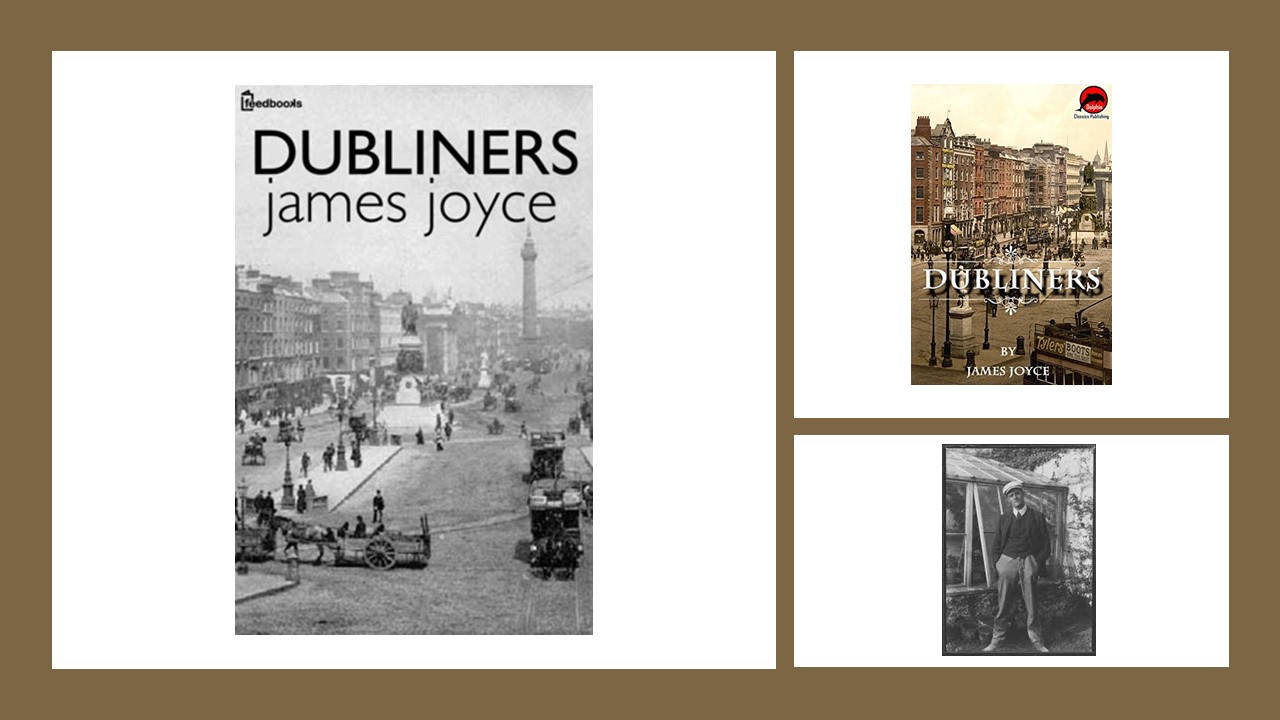|
"The book is not a collection of tourist impressions but an attempt to represent certain aspects of the life of one of the European capitals." So wrote James A. Joyce to a publisher in September 1905. The stories comprise a naturalistic depiction of Irish middle class life in and around Dublin in the early years of the 20th century. Written when Irish nationalism was at its peak, and a search for a national identity and purpose was raging; at a crossroads of history and culture, Ireland was jolted by various converging ideas and influences. They center on Joyce's idea of an epiphany: a moment where a character experiences a life-changing self-understanding or illumination, and the idea of paralysis where Joyce felt Irish nationalism stagnated cultural progression, placing Dublin at the heart of this regressive movement. Many of the characters in Dubliners later appear in minor roles in Joyce's novel Ulysses. The initial stories in the collection are narrated by child protagonists, and as the stories continue, they deal with the lives and concerns of progressively older people. This is in line with Joyce's tripartite division of the collection into childhood, adolescence and maturity.
This short presentation regarding the author and the 15 short stories and their significance today is brought to us by John Callaghan. Mr. Callaghan has been teaching Irish Literature at Rochester Institute of Technology for thirteen years.
|
